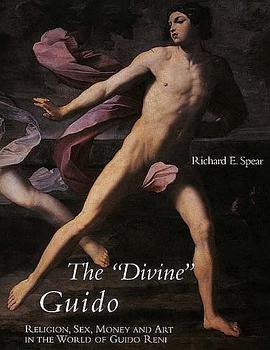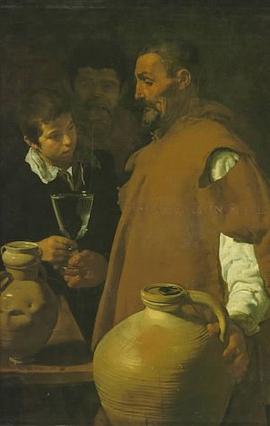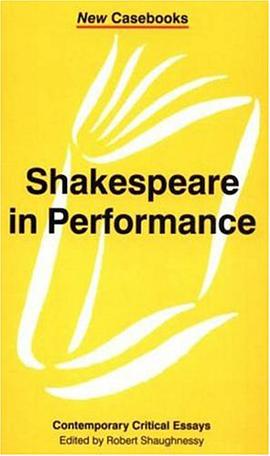

Festivals, ceremonies, rituals, and other displays provide powerful ways to create and express a collective identity. This engaging book is the first to explore the intersection between ancient Greek and Roman spectacles and visual artifacts. The contributors to the volume consider how participation and spectatorship in diverse public activities influenced perceptions of what it meant to be Greek or Roman. And they examine the essential roles of physical sites, special effects, choreography, props, and visual representations in these live performances from the fourth century BCE to the sixth century CE.This book defines spectacle broadly. It encompasses not only officially sanctioned collective performance but also impromptu acts, spontaneous parodies, and even personal appearances on the street. Events ranging from combat in the arena to theater productions, from banquets to funerals, are discussed in terms of their forms and the visual arts created for them. Art and architecture generally functioned on,three levels, the contributors find: as prop and setting, as a record of the event, and as a reminder of the event to the beholder. Out of this examination of the nature of Greek and Roman spectacles and their surviving images emerges a clearer understanding of their vital impact on later art, theater, literature, and ceremony.
具体描述
读后感
评分
评分
评分
评分
用户评价
相关图书
本站所有内容均为互联网搜索引擎提供的公开搜索信息,本站不存储任何数据与内容,任何内容与数据均与本站无关,如有需要请联系相关搜索引擎包括但不限于百度,google,bing,sogou 等
© 2025 book.wenda123.org All Rights Reserved. 图书目录大全 版权所有




















